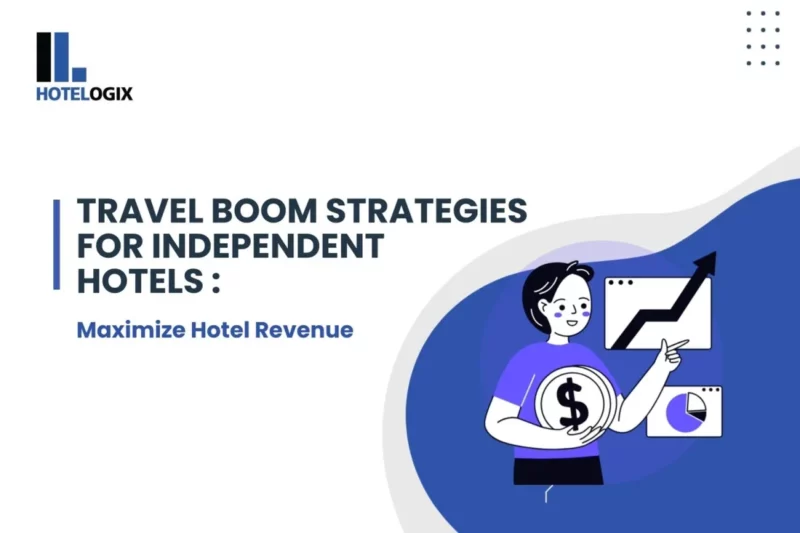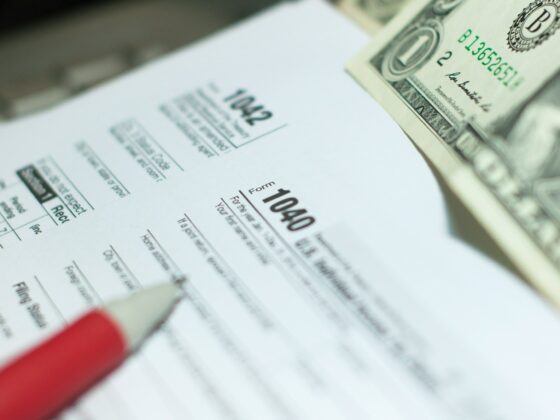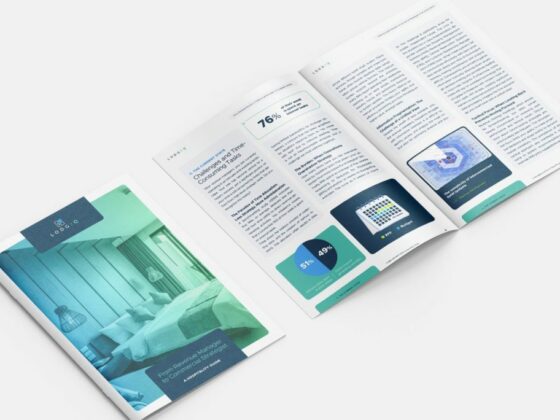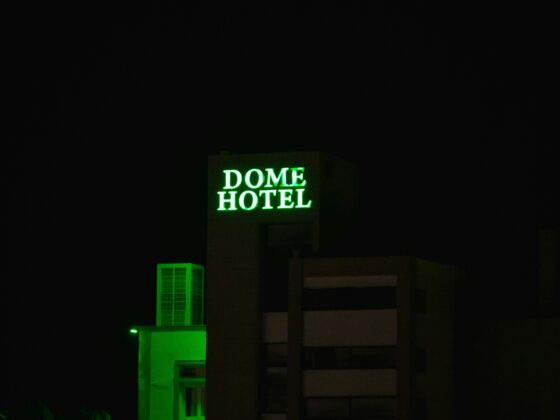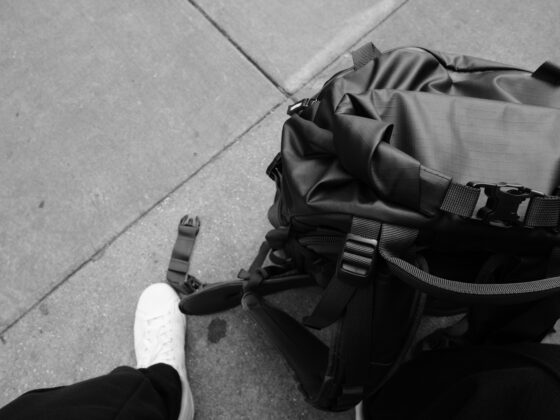There’s more data available about your guests than ever before. Today, we’re learning about travelers who visited our websites, began searching dates and locations, but left without booking. This provides a clearer picture of unconstrained demand, a more comprehensive look that goes beyond just guests booking a room, exploring potential shoppers as well.
Instead of looking only at what’s happened in the past, novel data sets are available that can more accurately measure and predict potential buyers.

7 data sets you need to build accurate forecasts
1. Historical data and booking pace
Your hotel’s historical data builds the framework for a solid forecast and can be easily ported into a revenue management system (RMS) from your property management system (PMS). With this, you can look at occupancy, rate, and revenue figures from prior years. The further back your data, the more accurate your forecast will be.
You can begin to recreate past booking curves to get an idea how far in advance rooms for the same date were booked in past years. If the normal booking window for a specific date is two months out, and this year you’re a month out with less than half your business on the books, you can make basic assumptions and tweak your strategy to adjust for the lull in demand. Once you start to understand past booking patterns, you can segment and price more accurately.
From here, you can incorporate an events calendar by importing a list of historical and future events that took place or will take place near your hotel. With these initial data sets, your forecast is on the right track.
2. Competitor pricing data
Another common practice in forecasting is monitoring your competitors’ rates. An RMS, like Duetto, can crawl your competitors’ websites bringing information back to you automatically — how nearby hotels are priced for an upcoming date can help you understand overall market demand.
Although looking at competitor rates is a factor in your forecasting and pricing strategy, we’d recommend placing more weight on your value proposition and other demand indicators.
With historical data, you can begin to recreate past booking curves to get an idea how far in advance rooms for the same date were booked in past years.
3. Events and macroeconomic factors
Historical booking information allows you to establish a baseline for important dates like holidays and annual events that affect demand.
Advanced RMSs can help track annual events and new ones that crop up that may have an effect on your demand. They can scan quickly for anomalies in demand patterns and alert you to sudden changes.
4. Airlift data
The connection between air passenger information and hotel demand is clear. If more flights are scheduled to land in your market, you can expect more travelers looking for a place to stay. So, if demand shifts, your forecast should be adjusted accordingly, which RMSs can notify you about.
5. Reviews and ratings
How much should guest reviews and scores affect your forecast and pricing decisions?
Consider the following:
You and another hotel in the same market have identical value propositions. You offer the same amenities and service at the same price. If you have stronger online reviews from past guests than the other, you should be realizing and expecting higher demand.
A report by the Cornell University School of Hotel Administration found that if a hotel increases its review scores by 1 point on a 5-point scale (e.g., from 3.3 to 4.3), the hotel can increase its price by 11.2% and still maintain the same occupancy or market share.
So, when forecasting, it’s important to look at how your review scores, and those of your competitors, have changed over the past year, for better or worse, and take that into consideration when determining whether to expect more or fewer guests.
6. Weather data
Tracking weather is another way you can better predict upcoming demand changes — it can provide additional insights into how many people may be visiting your market.
Say you’re a skiing destination. If the weekend weather is forecasted to be warm and rainy rather than cold and snowy, your hotel won’t be as crowded as if it were cold and sunny.
Weather data, and its relevance on upcoming demand, varies by property and location, so consider if this is important for your forecast.
7. Web-shopping data
Despite being last, this data set is probably the most important to consider when forecasting demand.
Not everyone visiting your hotel website is actually booking a room. Many potential guests are searching specific dates, checking prices, and leaving your website without completing a booking or booking elsewhere — this is web regrets. Alternatively, they shop for a specific date or room type, but are denied due to a lack of availability.
Monitoring this lost business can provide incredible insight into demand and price elasticity. The best way to measure true unconstrained demand and price elasticity is by observing actual customer shopping behavior and comparing looked vs booked data.
Big data is changing the game for hoteliers
By using all these data points, you can build an accurate forecast months into the future, allowing you to make profitable rate adjustments earlier in the booking window and fill more inventory at optimal prices, driving overall revenue.
And an RMS, like Duetto, can integrate, correlate, and bring this data into one platform automatically, taking the hassle out of manually doing so.

